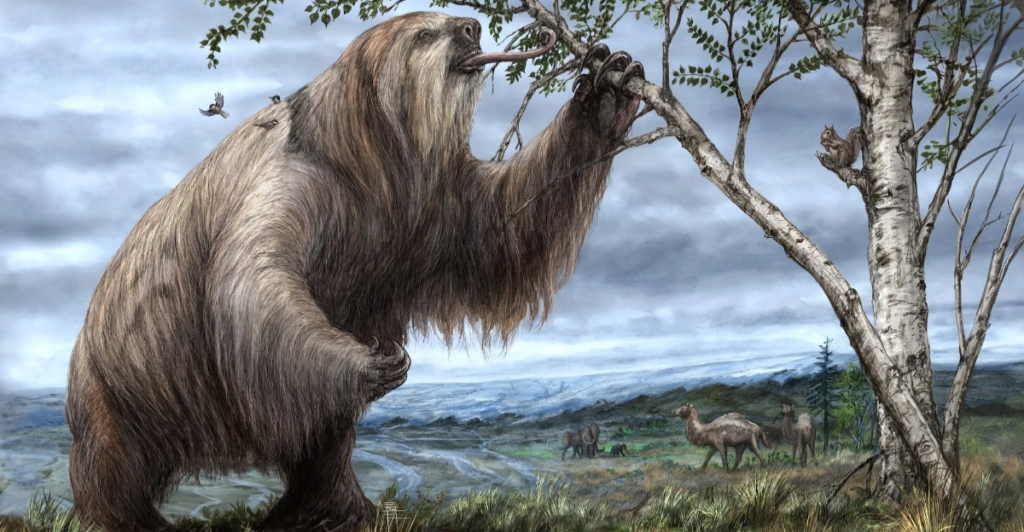
Long before highways, shopping malls, and doomscrolling, North America was crawling with massive, majestic, and sometimes terrifying creatures. We’re talking Ice Age icons—some towering, others fanged—and all of them gone long before humans stepped onto the scene.
These ancient animals weren’t just old—they were ecosystem influencers. They shaped landscapes, kept herbivores in check, and left behind fossils that still baffle scientists today.
So if you think lions, tigers, and bears are wild… wait ’til you meet their prehistoric cousins. These eight long-lost legends once ruled the continent—and their stories are anything but extinct.
1. Woolly Mammoth

The woolly mammoth was basically a furry, frost-resistant tank. Towering up to 13 feet tall and weighing 6 tons, it roamed across icy tundras with those signature spiraled tusks and shaggy coats.
These Ice Age giants weren’t loners—they traveled in herds, migrating across what’s now Alaska and Canada. Their tusks weren’t just for show—they used them to clear snow and spar with rivals.
Woolly mammoths disappeared around 10,000 years ago, likely due to warming climates and overhunting. But their frozen remains still pop up today—so yeah, they’re gone, but never forgotten.
2. Saber-Toothed Cat
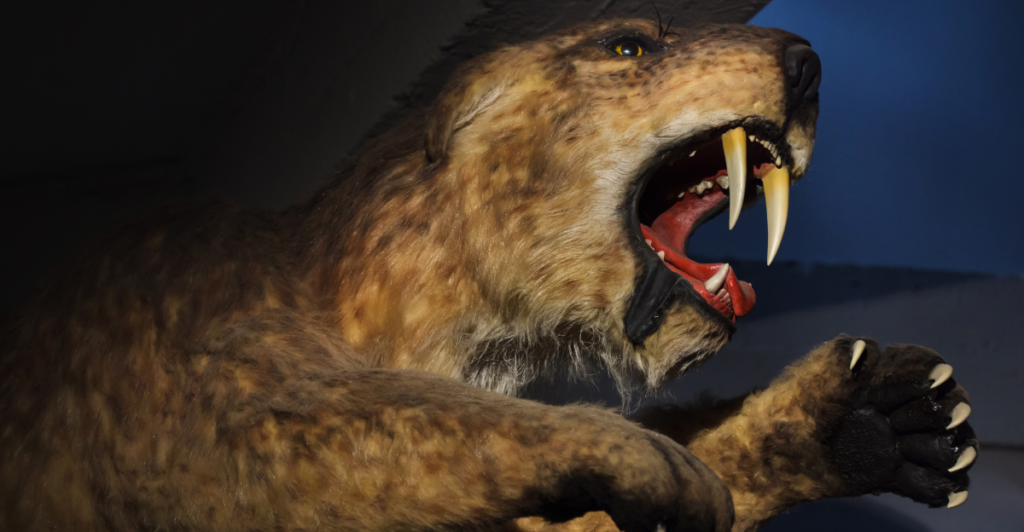
No prehistoric party is complete without Smilodon, better known as the saber-toothed cat. With canines up to 7 inches long, this guy made modern lions look like house cats.
It didn’t chase prey like today’s big cats—it ambushed. Stocky and strong, it relied on powerful jaws and brute force to bring down massive herbivores like bison and camels.
Fossils from La Brea Tar Pits prove it hunted in what’s now California. Extinct around 10,000 years ago, it remains one of the most iconic and meme-worthy megafauna ever.
3. Giant Short-Faced Bear
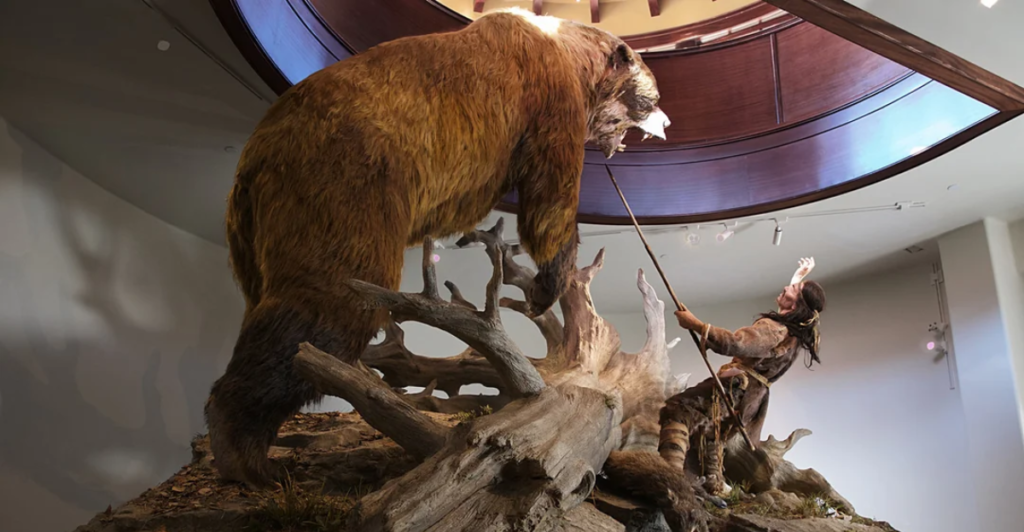
Standing 11 feet tall when upright, Arctodus simus wasn’t just big—it was a full-blown monster. Faster than you’d think, this bear could probably outrun you. Sorry.
Its long limbs suggest it covered serious ground in search of food. Some scientists think it was a scavenger; others say it hunted prey down like a beast on caffeine.
Either way, it ruled Pleistocene North America until around 11,000 years ago. And if it were still around today? Camping trips would look very different.
4. Dire Wolf
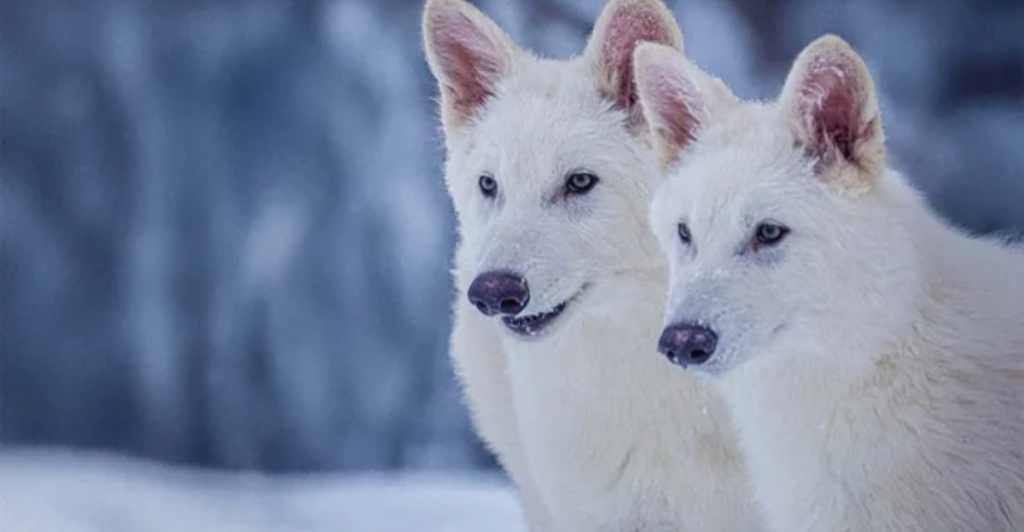
Yes, dire wolves were real—and they were bigger, badder versions of today’s gray wolves. They weren’t fantasy—they were fang-and-bone reality in Ice Age America.
Heavier and more muscular, they had strong jaws and teeth perfect for cracking bones. Dire wolves likely hunted in packs, taking down large prey like horses and bison.
They roamed widely across North America and vanished about 10,000 years ago. Their fossils are everywhere, especially in the La Brea Tar Pits.
5. American Mastodon

Meet the mastodon: shorter, stockier, and built for forest life. These prehistoric proboscideans preferred woodlands and ate leaves, twigs, and shrubs—basically nature’s bulldozers.
Unlike mammoths, mastodons had straight tusks and teeth better suited for crushing than grinding. Think of them as the more rugged, off-road relatives of their tundra-dwelling cousins.
They disappeared around the same time as mammoths—likely due to human hunting and shifting habitats. Still, their fossilized bones keep turning up in places like New York and the Midwest.
6. Giant Beaver
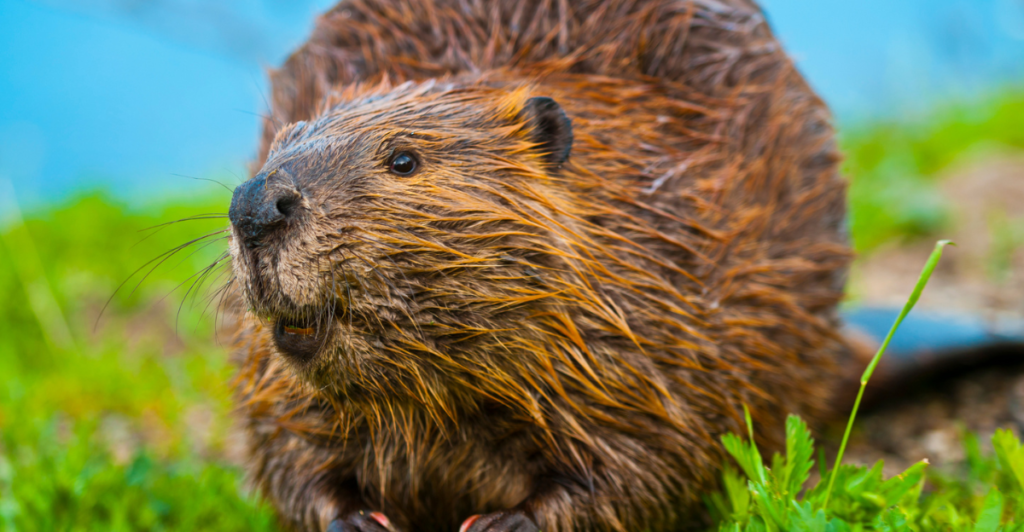
Forget cute little dam builders—Castoroides ohioensis was an 8-foot, 200-pound beast of a beaver. It probably didn’t build dams, but it ruled North America’s wetlands like a boss.
Instead of gnawing logs, it likely munched on aquatic plants and grasses. With its massive skull and chisel-like teeth, it was well-adapted to swampy life.
Giant beavers went extinct roughly 10,000 years ago, likely due to warming climates and changing water ecosystems. But the mental image of a human-sized beaver? Priceless.
7. Jefferson’s Ground Sloth
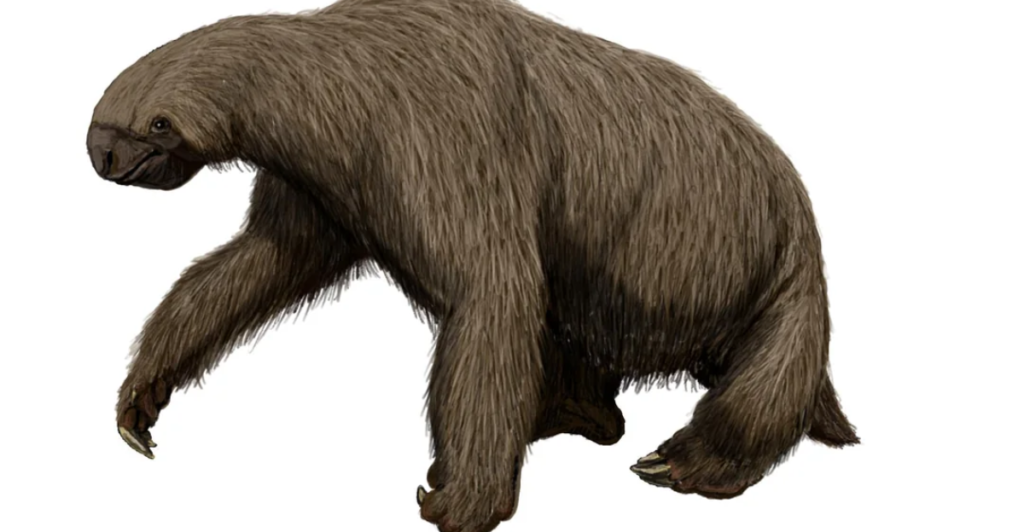
Named after Thomas Jefferson (yes, really), this Ice Age sloth was nothing like the lazy tree-huggers we know today. Megalonyx jeffersonii stood 10 feet tall and weighed up to 2,500 pounds.
It used its giant claws to rip down branches and strip leaves—sort of like a leaf-loving excavator. Fossils suggest it lived across much of the U.S., from Florida to Alaska.
Gone about 10,000 years ago, its extinction was likely linked to environmental changes and human hunting. Today, it’s honored as West Virginia’s official state fossil. Elite.
8. American Lion
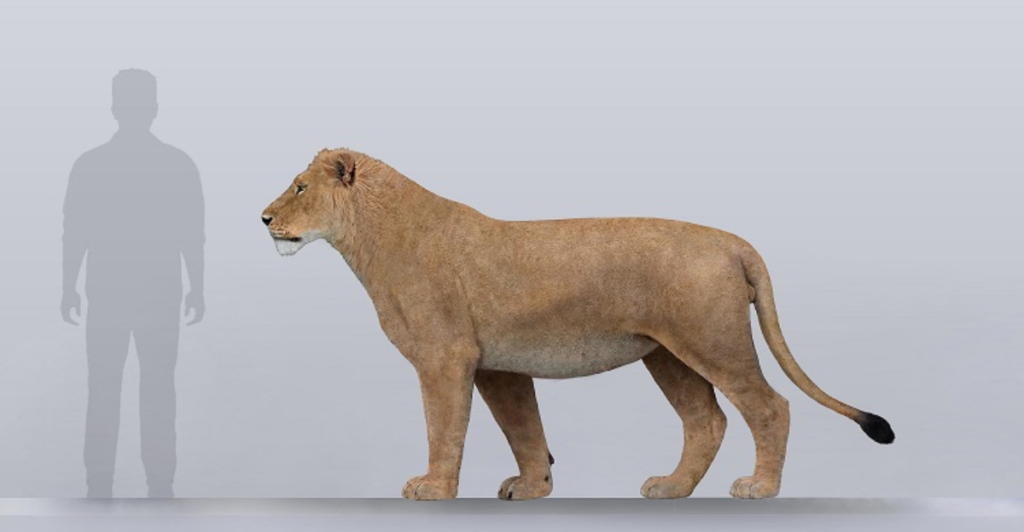
The Panthera atrox—aka the American lion—was the largest cat to ever live in North America. Up to 12 feet long and taller than today’s lions, it hunted megafauna across open grasslands.
It’s thought to have hunted solo, ambushing prey like camels, horses, and even juvenile mammoths. Fossils have been found all over the U.S., from Alaska to Florida.
Extinct about 10,000 years ago, this lion’s disappearance mirrors many Ice Age giants—likely caused by prey loss and climate shifts. Big cat energy? Off the charts.
Where Giants Once Roamed

North America wasn’t always highways and strip malls. Once, it was a wild, thunderous continent filled with beasts that could crush cars and outrun humans (seriously).
These ancient animals shaped ecosystems, inspired myths, and left behind bones that still tell their stories today. Some walked beside early humans—others vanished before we arrived.
They’re gone, but not forgotten. Because when you look at a fossil, you’re not just seeing an extinct animal—you’re staring into the deep, wild past of this land.
Explore more of our trending stories and hit Follow to keep them coming to your feed!

Don’t miss out on more stories like this! Hit the Follow button at the top of this article to stay updated with the latest news. Share your thoughts in the comments—we’d love to hear from you!







